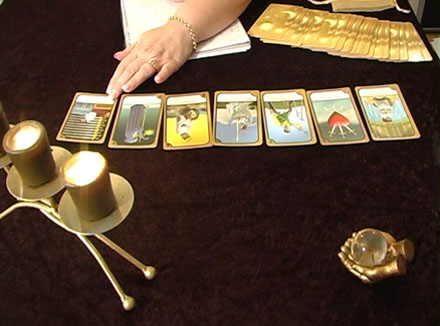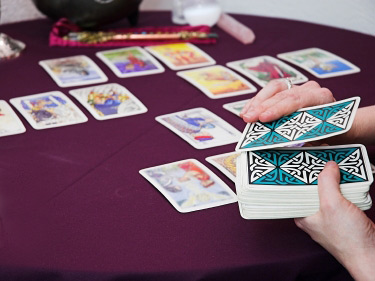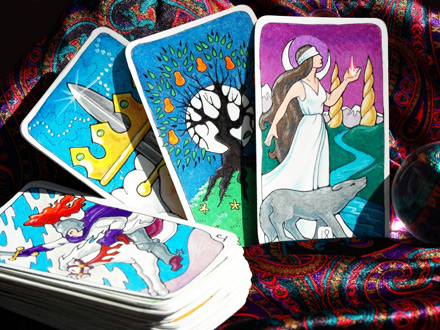
This is part of the colourful history and folklore of many countries. The Romany Gypsys have played a major role in the traditions and meanings of the Tarot Cards being passed down through the generations. No matter what the truth is tarot is here to stay, bringing a positive and uplifting experience to every person having a reading. Tarot has seen many changes through the centuries, much like fashion. Tarot will continue to evolve and move with the changing times.

Tarot Card design has changed a lot over the centuries from the 22 Pewter plates used in Persia around the 14th century to make decisions for the nation. Like when to plant crops or when to go to war. Many years later the 56 remaining cards were added and gave birth to the Minor Arcana. They now form the basis of the ordinary playing deck we use worldwide today. Over time they were transformed into paper cards to be shared by the masses. They quickly became a parlour game for fun and frivolity.
Steeped in history, Tarot still remains a serious subject being studied and explored by many groups and individuals around the world. This has resulted in many different interpretations and the design of many unique tarot decks in the marketplace. The concept of the original complete Tarot deck has not changed. All decks have 78 Tarot Cards divided into two sections. The Major Arcana comprising the first 22 cards of the deck, and the remaining 56 cards called the Minor Arcana which are divided into four suits. The most common suits used are Cups (hearts), Wands (diamonds), Swords (spades) and Pentacles (clubs).

There are so many traditions and myths that add to the mystique of Tarot Cards and the act of reading them. Let us explore just a few -
• You cannot buy your own Tarot Cards.
• They’re a gift given to you by a Gypsy with l